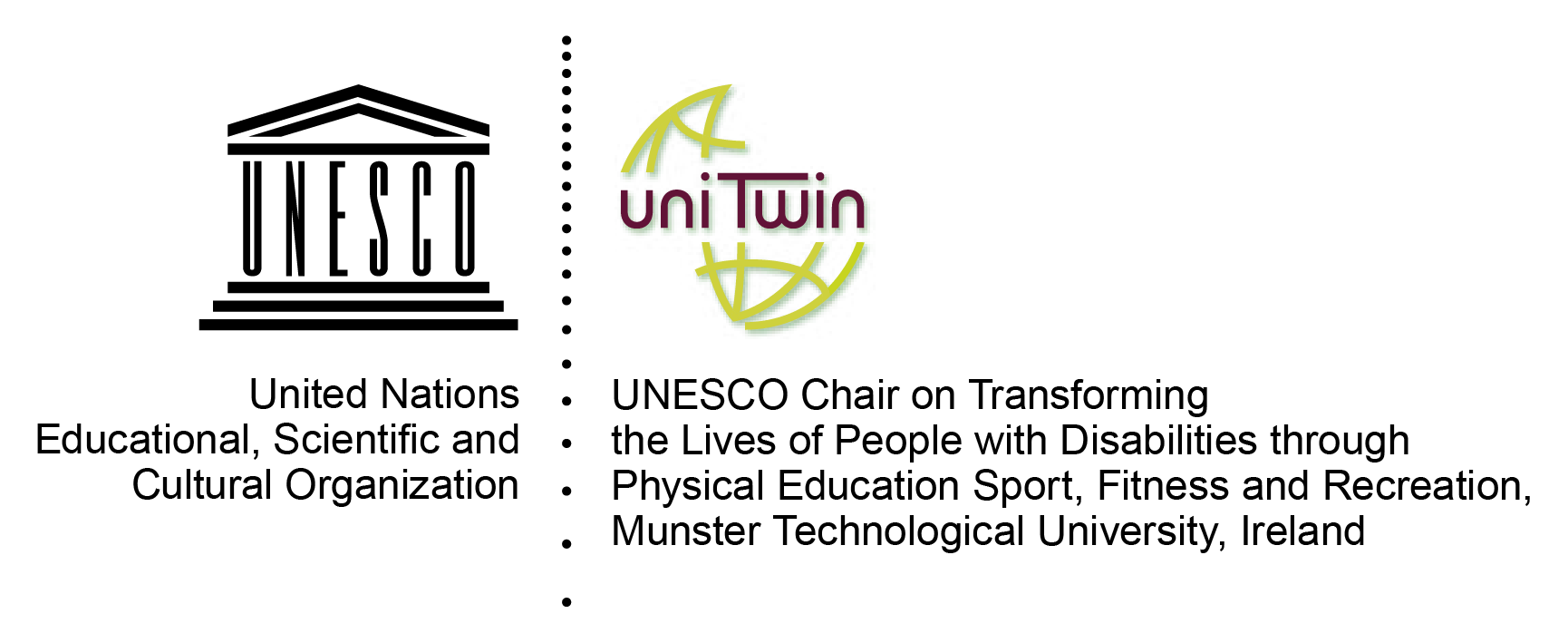The inclusion of persons with disabilities in the 2030 Agenda for Sustainable Development has become an uncontested priority with the principle of ‘leaving no one behind’ – that’s no one, from anything! This in sharp contrast with the past, when people with disabilities were largely excluded from many aspects of the global development agenda. To ensure people with disabilities are not left behind, sufficient data must be collected so that all person-level Sustainable Development Goal (SDG) indicators can be disaggregated by disability status, so persons with disabilities can be included in the monitoring process. This will allow for the comprehensive monitoring of the well-being and inclusion of persons with disabilities, and the advancement of their rights.
The Washington Group on Disability Statistics (WG) has made considerable progress in improving disability measurement and statistics in a variety of settings for a myriad of users. Designed initially for National Statistical Offices (NSOs) in population-based data collections like censuses and national surveys, the WG Short Set of questions is now used by International Development Agencies, Non-governmental Organizations (NGOs), and Disabled Peoples’ Organizations (DPOs) to monitor their programs and projects for inclusion.
Important methodological work has been conducted over the last decade to develop standardized data collection tools that are in line with the UN Convention on the Rights of Persons with Disabilities (CRPD), produce comparable estimates, and can be used for SDG data disaggregation by disability. Moreover, previous blog posts in this series have focused on the usefulness and practicability of the WG approach to defining and measuring disability – even in the field of sports and physical education.
The challenges to successful operationalization of the WG questions are two-fold. The first calls for a change in the mindset of data producers and users. This represents a paradigm shift from a focus on the individual and the physical, mental or emotional problems they may experience to a focus on the environment and the understanding that disability arises at the intersection of the person (with an impairment) and the environmental barriers they face that would place them at risk of social exclusion. A shift from the medical model of disability that places disability firmly within the person, to the social model that places disability at that juncture of person, environment and social participation.
The second challenge is to operationalize use the questions and answer categories as written. This involves careful translation and testing of new translations to ensure that the concepts and constructs of the original questions are faithfully captured in the translated version. Only in this way can international comparability be ensured.
It is, however, essential to not only identify and count people with disabilities – but to determine whether those so identified are afforded their rights: the right to inclusion in all aspects of life. The work of monitoring programmatic activities for inclusion – disaggregating outcome indicators by disability status – carries the banner of the WG beyond the production of disability data, and identifying and reporting on the prevalence of disability in a population – to the programmatic implications for including people with disabilities – leaving no one behind.
 Mitchell Loeb
Mitchell Loeb
National Center for Health Statistics (USA) and
Washington Group on Disability Statistics
